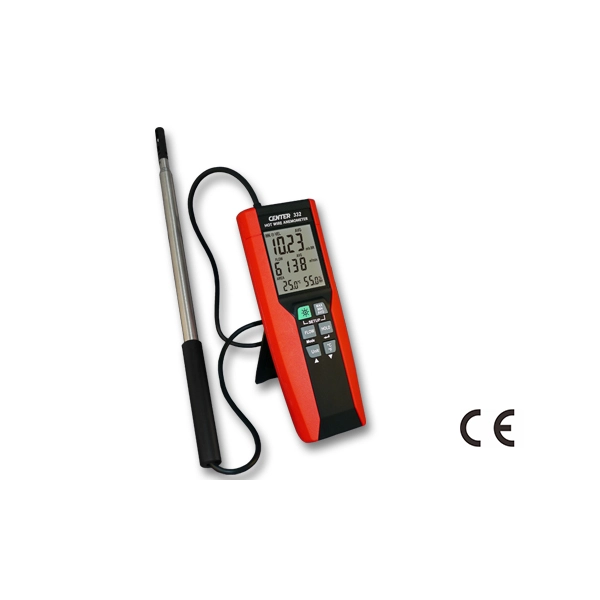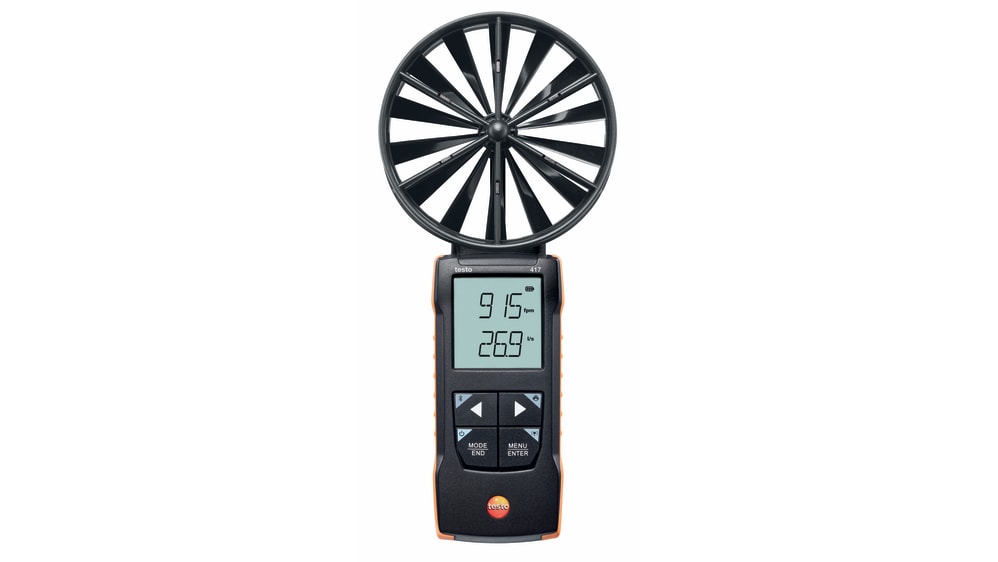Why an Anemometer is Important for Your Environmental Information Collection
Wiki Article
Exploring the Functions and Advantages of Anemometers for Climate Enthusiasts and Experts
Anemometers stand as critical devices in the realm of weather condition surveillance, catering to both lovers and seasoned experts alike. These devices use a home window into the dynamic world of wind patterns and speeds, offering very useful information for atmospheric evaluation and forecasting. From cup anemometers to sonic anemometers, each kind brings its one-of-a-kind set of advantages and applications, shedding light on various facets of climatic problems. As we delve right into the functions and advantages of anemometers, a deeper understanding emerges not only of prevailing weather condition sensations yet additionally of the wider effects for industries like wind power production and ecological research study.Value of Anemometers in Weather Monitoring
Anemometers play a crucial function in climate monitoring by giving exact dimensions of wind rate, helping in forecasting and understanding weather condition patterns. These tools, varying from traditional mug anemometers to modern-day ultrasonic anemometers, are essential for meteorologists, scientists, and climate enthusiasts alike. By measuring wind rate, anemometers assist in establishing the strength of weather sensations such as hurricanes, storms, and hurricanes. In addition, they supply important data for aviation, maritime operations, and numerous markets that are delicate to wind problems.
Kinds Of Anemometers and Their Applications
The most typical types of anemometers consist of mug anemometers, vane anemometers, hot-wire anemometers, and ultrasonic anemometers. Mug anemometers consist of three or 4 mugs placed on horizontal arms that turn with the wind, determining its rate. Vane anemometers, on the other hand, utilize an openly turning vane to line up with the wind instructions, providing both wind rate and direction measurements.Mug anemometers are ideal and durable for general climate tracking, while vane anemometers are favored for directional measurements. Ultrasonic anemometers are non-intrusive and supply high accuracy, often utilized in study and specialized climate monitoring applications.
Benefits of Using Anemometers in Projecting
In weather forecasting, the application of anemometers uses very useful benefits for enhancing the accuracy of weather condition forecasting. Anemometers determine wind rate and instructions, offering critical data for anticipating climate patterns. By including wind data right into forecasting models, meteorologists can much better recognize the movement of weather systems, expect modifications in weather, and problem more exact projections.
Additionally, anemometers play a crucial role in examining potential climate threats. Checking wind rates helps forecasters anticipate extreme weather condition occasions such as storms, hurricanes, and wintertime tornados with greater precision. This very early caution system makes it possible for authorities to issue prompt informs and execute necessary safety and security procedures, reducing the risks to life and building.
Furthermore, anemometers help in enhancing renewable energy production. By analyzing wind patterns, meteorologists can recognize suitable places for wind farms and predict energy outcome, adding to the efficient generation of wind power.

Anemometers in Wind Power Manufacturing
Offered the important role anemometers play in giving accurate wind information for weather projecting and danger analysis, their relevance includes the world of wind power manufacturing. Anemometers are vital instruments in the area of wind energy, where the measurement of wind speed and instructions is vital for determining the usefulness and performance of wind turbine installments. By precisely measuring wind speeds at differing elevations, anemometers aid optimize the placement and layout of wind turbines to maximize power output.In wind ranches, anemometers are tactically positioned to collect real-time wind data that is made use of to assess the potential energy manufacturing of a site. This data contributes in determining the economic stability of wind power jobs and in projecting energy generation to make sure grid security. Additionally, anemometers help in monitoring wind conditions to optimize wind turbine efficiency, avoid damage from high winds, and ensure the safety and security of personnel operating in the area of wind turbines.
Enhancing Climate Recognizing With Anemometers

Anemometers play a crucial function in improving our understanding of microclimates. anemometer These local climate condition can differ dramatically from broader local projections, making it important to have precise information for details areas. anemometer. By strategically positioning anemometers in various places, scientists can gather detailed info on exactly how wind behaves in different surfaces, metropolitan environments, or bodies of water
Furthermore, anemometers add to boosting climate forecasting versions by providing real-time data on wind actions. This information is especially useful for forecasting serious weather events, enhancing farming practices, and supporting markets like air travel and maritime navigating. Generally, anemometers are invaluable instruments that enable us to delve deeper into the complexities of weather systems, ultimately bring about even more precise predictions and better-informed decisions.
Conclusion
In conclusion, anemometers play a crucial function in climate monitoring and projecting by determining wind rate and instructions. Anemometers additionally have applications in wind power production, additional highlighting their importance in both weather forecasting and sustainable power markets.From mug anemometers to sonic anemometers, each type brings its unique set of advantages and applications, dropping light on numerous elements of climatic problems. These instruments, ranging from typical cup anemometers to modern ultrasonic anemometers, are important for meteorologists, scientists, and weather enthusiasts alike. The most common types of anemometers consist of cup anemometers, vane anemometers, hot-wire anemometers, and ultrasonic anemometers. Cup anemometers are durable and appropriate for why not find out more basic weather surveillance, while vane anemometers are preferred for directional dimensions. Anemometers are vital instruments in the field of wind energy, where the dimension of wind speed and instructions is critical for identifying the usefulness and performance of wind turbine setups.
Report this wiki page